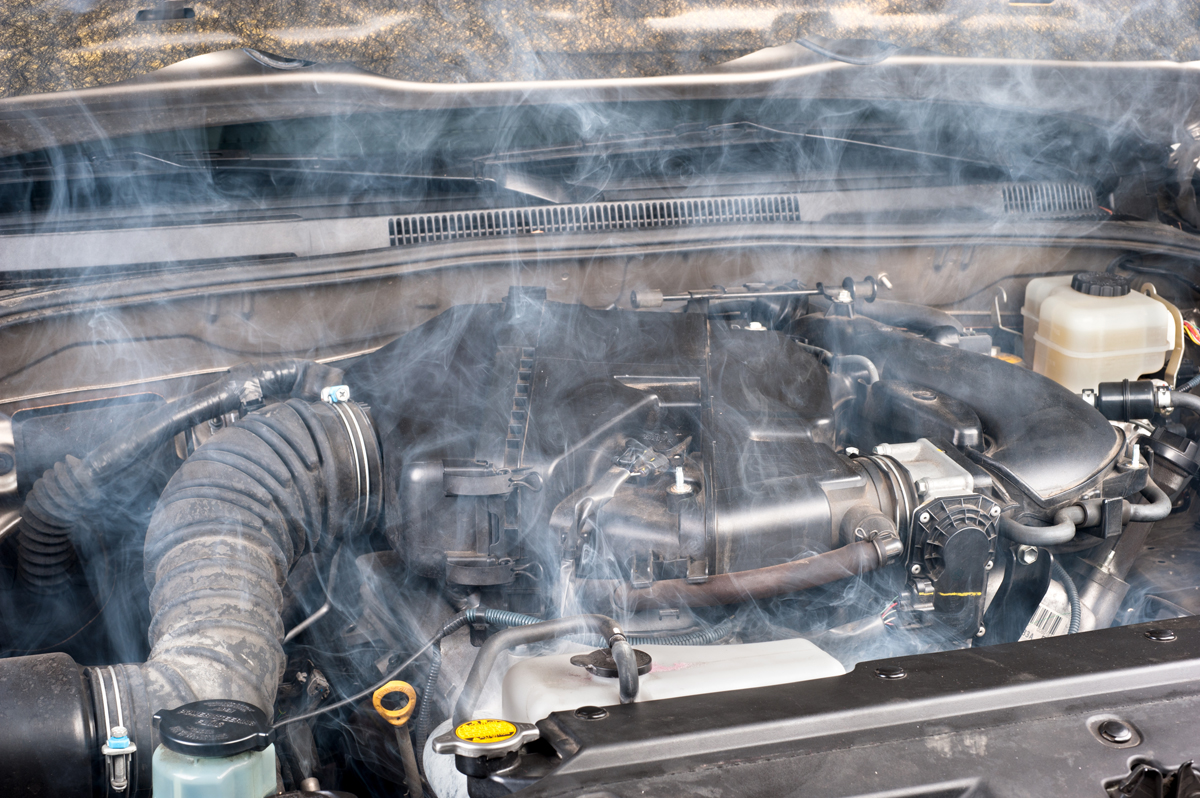Engine seizure is a critical issue that can leave a vehicle inoperable and require extensive repairs or even complete replacement. Understanding the causes of a seized engine is vital for any vehicle owner, as it can help prevent this costly problem. This article will delve into the common causes of engine seizure, signs to watch for, and preventive measures that can be taken.
What is a Seized Engine?
A seized engine occurs when the internal components of the engine become unable to move, typically due to lack of lubrication, overheating, or significant mechanical failure. When an engine seizes, it can result in catastrophic damage that often demands a complete overhaul or replacement.
Common Causes of Engine Seizure
- Lack of Oil
- Overheating
- Foreign Objects
- Corrosion and Rust
- Poor Maintenance
- Failed Components
One of the primary causes of engine seizure is a lack of engine oil. Oil lubricates the moving parts within the engine, reducing friction. If the oil levels are too low, it can cause overheating and lead to the engine components welding together.
Engines generate significant heat during operation. If the cooling system fails or there is a coolant leak, the engine may overheat, leading to seizure. Overheating can warp components and lead to other failures.
Debris or foreign objects entering the engine can cause severe damage. These objects can block oil passages or damage critical components, resulting in engine seizure.
Corrosion can occur due to moisture entering the engine, especially if the vehicle is not used regularly. Rust can cause parts to stick or seize, preventing movement.
Neglecting regular maintenance, such as oil changes, can lead to the accumulation of sludge and debris in the engine. This can hinder oil flow and lubrication, resulting in engine failure.
Worn or broken components, such as bearings, pistons, or crankshafts, can lead to engine seizure. When these parts fail, they can cause the engine to lock up.
Signs of a Seized Engine
Being aware of the signs of a potential seized engine can help you address issues before they lead to complete failure. Here are some common indicators:
- Unusual Noises: Knocking, clunking, or grinding noises can indicate internal damage.
- Loss of Power: A sudden drop in engine power or performance can be a warning sign.
- Warning Lights: Dashboard warning lights, especially oil pressure warnings, should never be ignored.
- Smoke: Excessive smoke from the engine can indicate overheating or burning oil.
- Difficulty Starting: If the engine struggles to turn over or makes a grinding sound when starting, it could be seizing.
Preventive Measures
Preventing engine seizure is certainly more cost-effective than repairing a seized engine. Here are some steps you can take to minimize the risk:
- Regular Oil Changes: Change the engine oil according to the manufacturer’s recommendations to ensure proper lubrication.
- Monitor Fluid Levels: Regularly check oil and coolant levels, topping them off as necessary.
- Inspect Cooling System: Keep the cooling system in good condition by checking for leaks and replacing old hoses or radiators.
- Routine Maintenance: Follow a regular maintenance schedule that includes checks for wear and tear on engine components.
- Drive Your Vehicle: If a vehicle is not driven regularly, it can lead to engine problems. Periodic use helps keep the oil circulating and reduces the risk of corrosion.
A seized engine can spell disaster for any vehicle owner, but understanding its causes can help mitigate risks. By maintaining your vehicle properly and being aware of the warning signs, you can prevent engine seizure and ensure your engine runs smoothly for years to come. If you suspect any issues with your engine, consult a professional mechanic immediately to address potential problems before they escalate.

